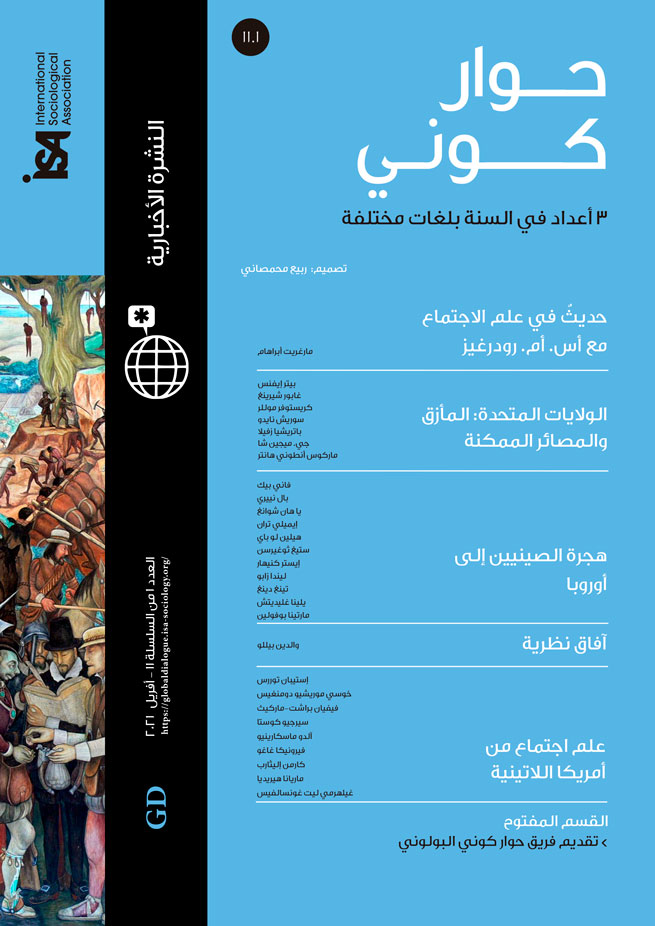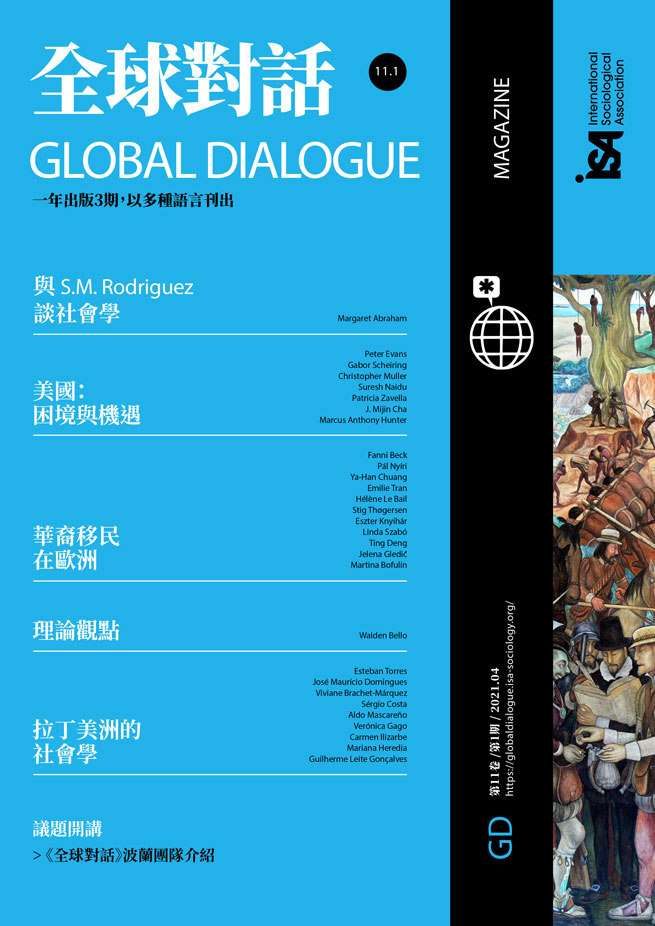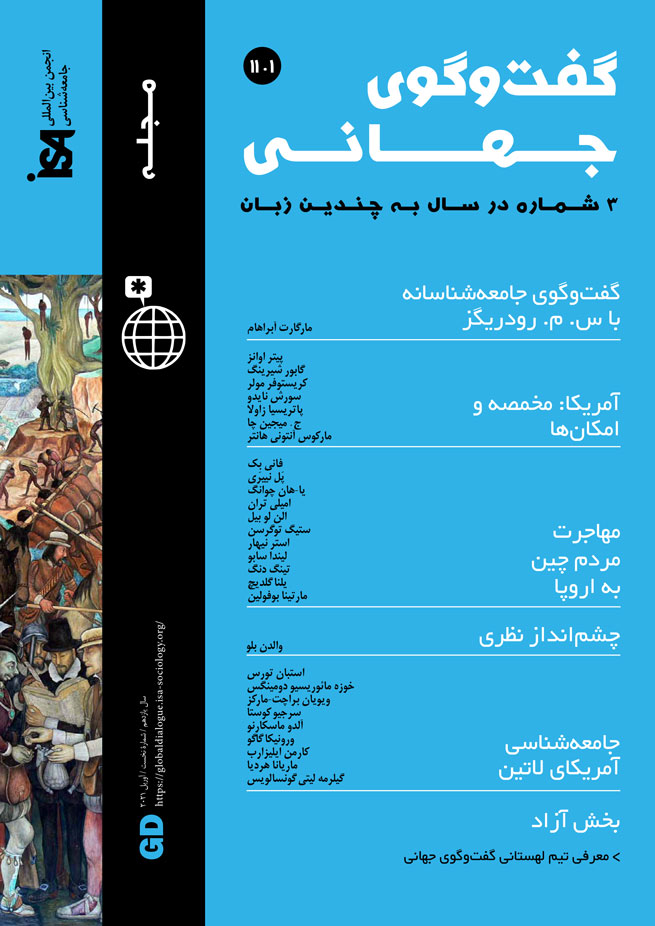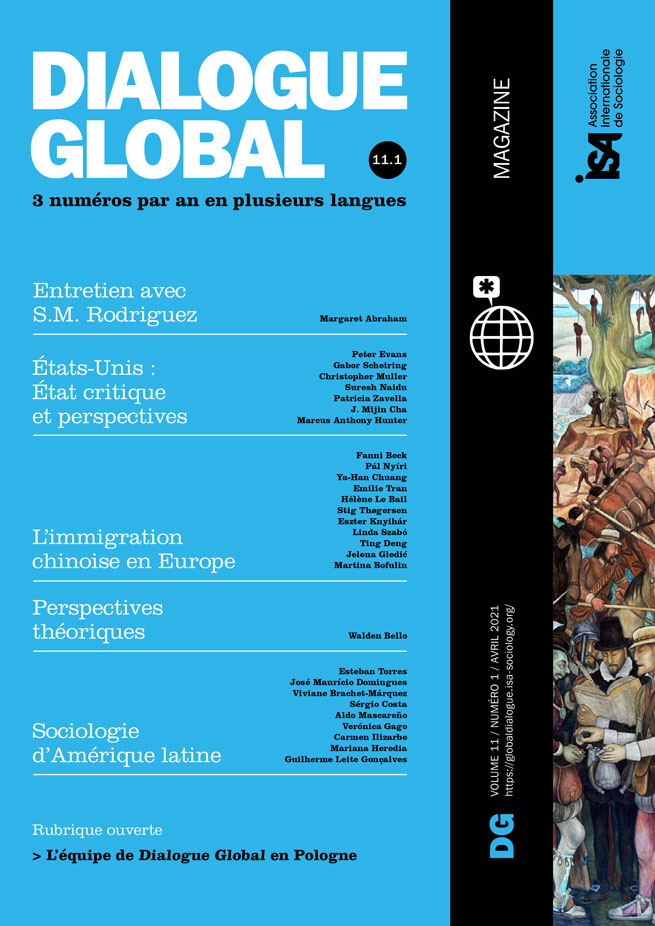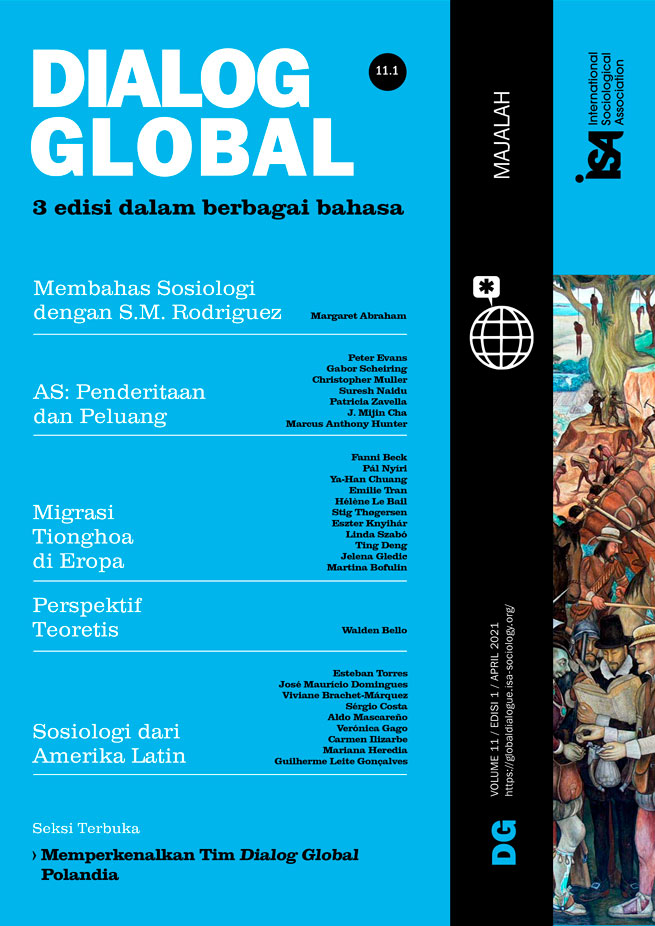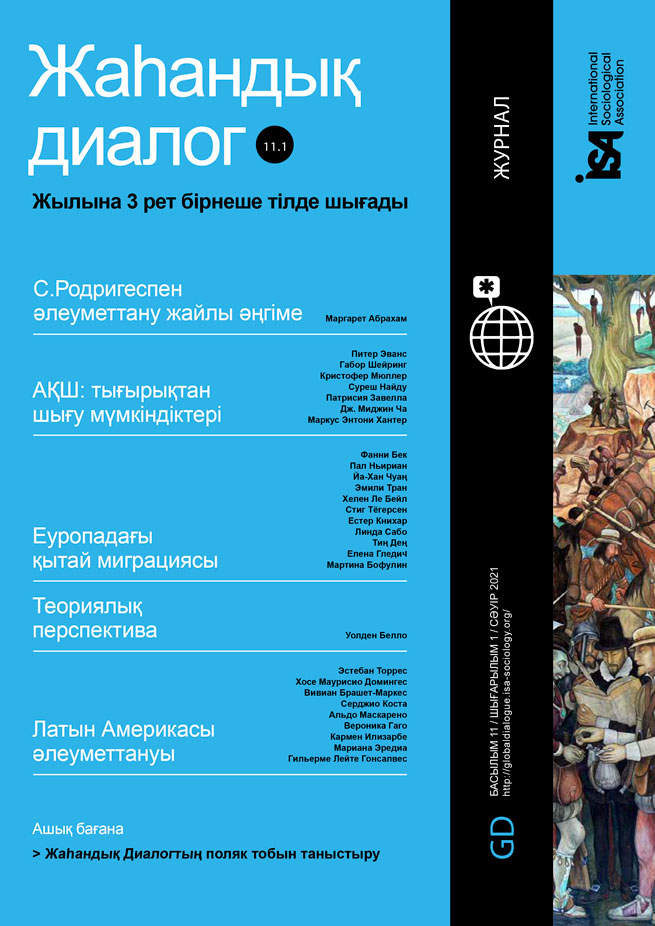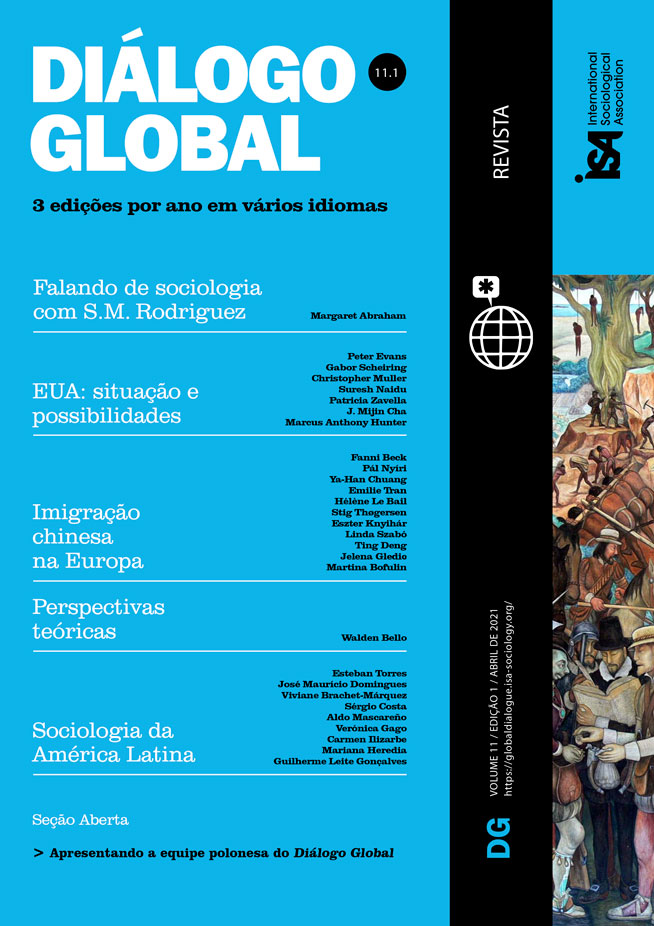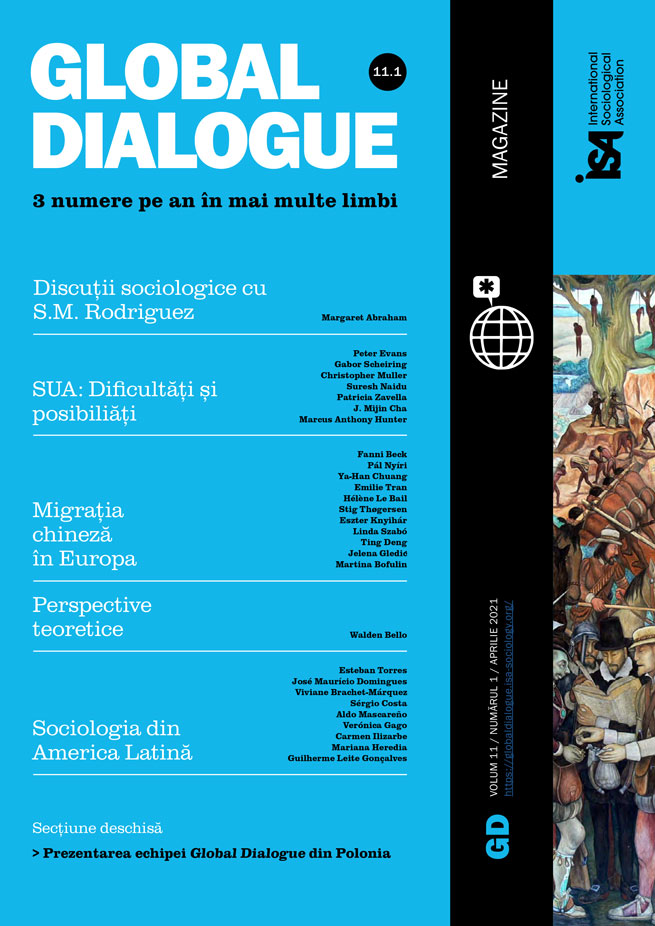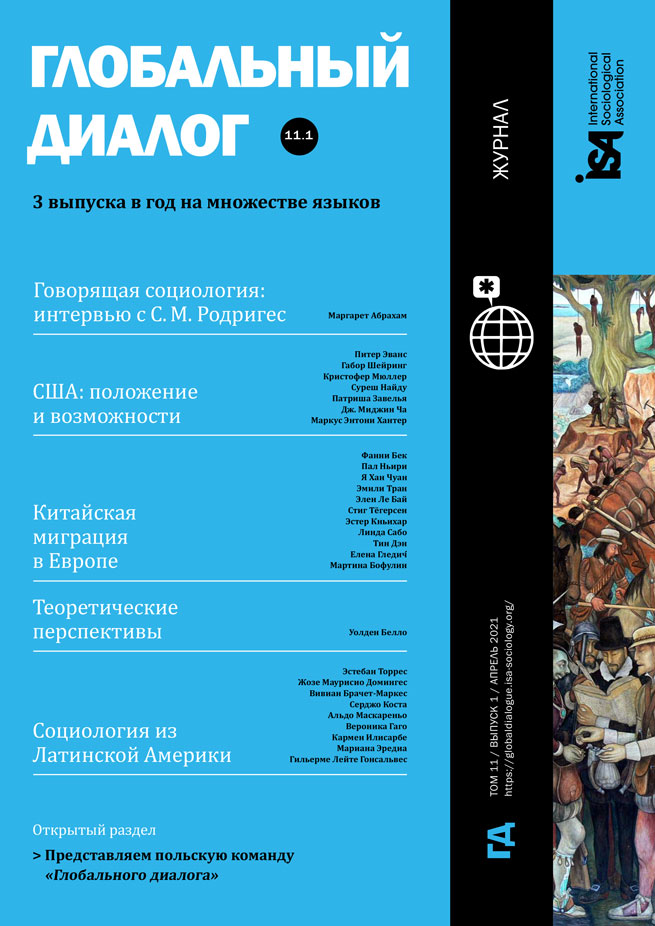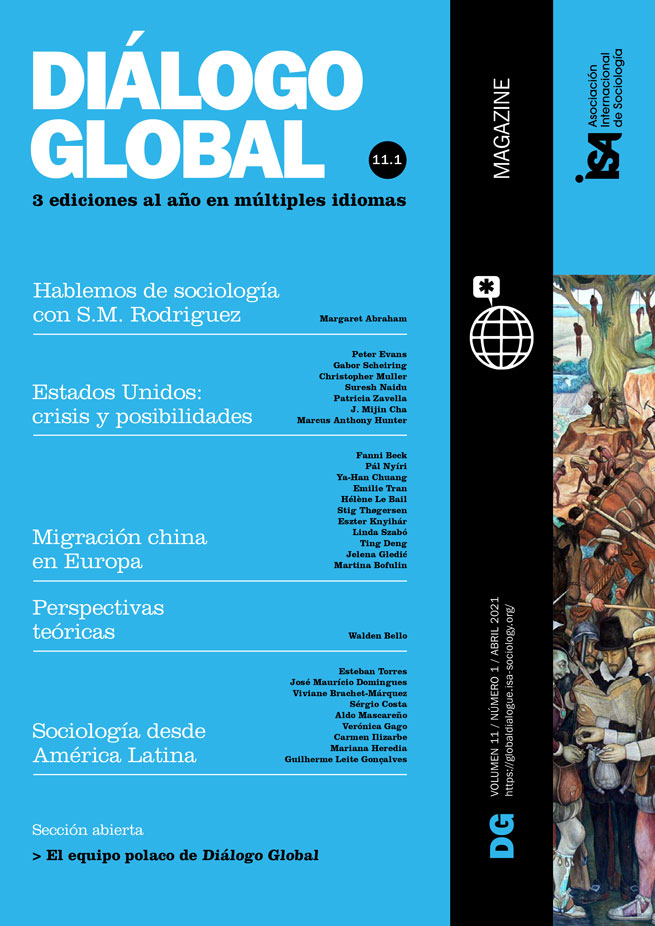In 1978, Deng Xiaoping announced that China would send from 3,000 to 4,000 students abroad every year to break the country’s scientific isolation and speed up its modernization process. His plan seemed ambitious at the time but he can hardly have imagined the flood wave he started. Today China is by far the largest source of internationally mobile students. According to UNESCO statistics, almost one million Chinese students are enrolled in tertiary education institutions abroad, their tuition fees are a considerable source of income for many universities, and they have become a significant component of the Chinese presence around the world.
European countries are receiving their share of this massive exodus. The UK hosts the largest number, over 107,000, surpassed globally only by the US and Australia. This is not surprising considering that English is the dominant foreign language in the Chinese education system. Other larger European countries with highly ranked universities also attract considerable numbers, such as Germany with over 30,000 students, France with almost 24,000, and Italy with over 15,000. Even smaller European countries such as Sweden, Ireland, Hungary, and Switzerland now each host around 2,000 Chinese students. Scholarships from mainland European governments, low tuition fees compared to the US and UK, and the opportunity of visiting several countries on a Schengen visa all play a role in attracting students to non-English speaking countries. Many are also attracted to European culture and see particularly France and Italy as romantic places with attractive lifestyles.
The changing profile of students in recent decades
Many things have changed since the first post-Mao students came to Europe in 1978. First, what started as a strategic maneuver carefully controlled by the Chinese state is now driven primarily by the individual ambitions of students and their families with 90% of Chinese international students being self-funded. This has created a highly commercialized market for international education where many factors influence students’ choice of destination: the university’s rankings and prestige, the amount of tuition fees and living expenses, the possibility of receiving host country grants, the imagined level of social safety, and the host country’s general reputation all play a role in an intricate game where Chinese private educational agents have created a lucrative business by guiding students and their families through difficult decisions and often complicated enrollment and visa application procedures.
Second, studying abroad is no longer necessarily Chinese students’ top priority. Right up to around year 2000, most students had flexible citizenship in the developed world as their highest goal, but today many consider it more attractive to enter one of China’s own top universities. The social prestige associated with a foreign degree has dropped significantly, unless it is from a top-level university with a well-known brand name, and Chinese media reports about foreign “diploma mills” and low-quality programs abound. However, the Chinese higher education system is highly stratified, with admission controlled by a national entrance examination, the much-feared gaokao, so rather than going to a second- or third-rate Chinese university that can only offer meager career prospects, many middle-class students and their families will still look for education opportunities abroad.
Third, while students earlier saw studying abroad as the natural starting point for a more permanent migration process, it is now more often seen as a step in a domestic career. During the 1980s and particularly in the aftermath of the suppression in June 1989 of the democracy movement, few young Chinese with foreign diplomas would even consider returning home. This has changed dramatically in the twenty-first century due to a shrinking European job market, increasing salaries and career opportunities in China, and a series of Chinese state policies encouraging return migration after graduation. Although the Chinese state no longer makes detailed plans about who should study what abroad, it thus still counts on brain circulation to promote national development. Finally, Chinese educational migrants are now considerably younger than before. Undergraduates outnumber graduate students and many families even send their children abroad for high school to prepare them, culturally and academically, for studying at a foreign university.
Most of the early research on Chinese educational migrants focused on the problems they posed to Western teachers who complained that they were too silent in the classroom, sticking together in ethnic enclaves, and having an instrumental attitude to education. These problems are no doubt still felt, but recent research shows students’ experiences in a much broader light. Against the background of the increasing individualization of Chinese society, it has become clear that students see their studies abroad as “an emotional journey of identity change and transformation,” a life-changing experience of personal maturation that will broaden their horizon and make them more competent, not only professionally but also more generally as citizens of the contemporary world. Like their Western contemporaries, young Chinese who can afford it combine their studies with extensive travels in order to dig deeper into foreign cultures and test their own ability to survive and thrive in different social and cultural contexts. This also means that while many students still focus on the “hard” sciences and business studies, we now see more students entering “softer” social science and humanities programs, knowing well that they do not necessarily lead to a secure position on the Chinese or European job markets.
The many educational migrants have changed the composition of the Chinese population in Europe, but we know relatively little about how students interact with Chinese diasporas. A French study shows that while students formed strong co-national relationships among themselves, interaction with established Chinese communities was very limited. However, a study of a UK city shows more interaction and demonstrates the potential importance of Chinese university students for the further development of Chinese diasporas.
The number of Chinese students entering European universities has been consistently growing for decades but two recent trends leave the future less predictable. The 2020 pandemic has temporarily blocked most educational exchanges and will probably also do so in 2021, as the Chinese for a long period will see Europe as a hotspot for the virus. Furthermore, the increasingly tense relations between the West and China have led to a more negative view of China in Europe and to perceptions of Chinese students as a potential security risk. In this way, international politics may affect future educational migration between Europe and China.
Stig Thøgersen, Aarhus University, Denmark <stig.thogersen@cas.au.dk>






